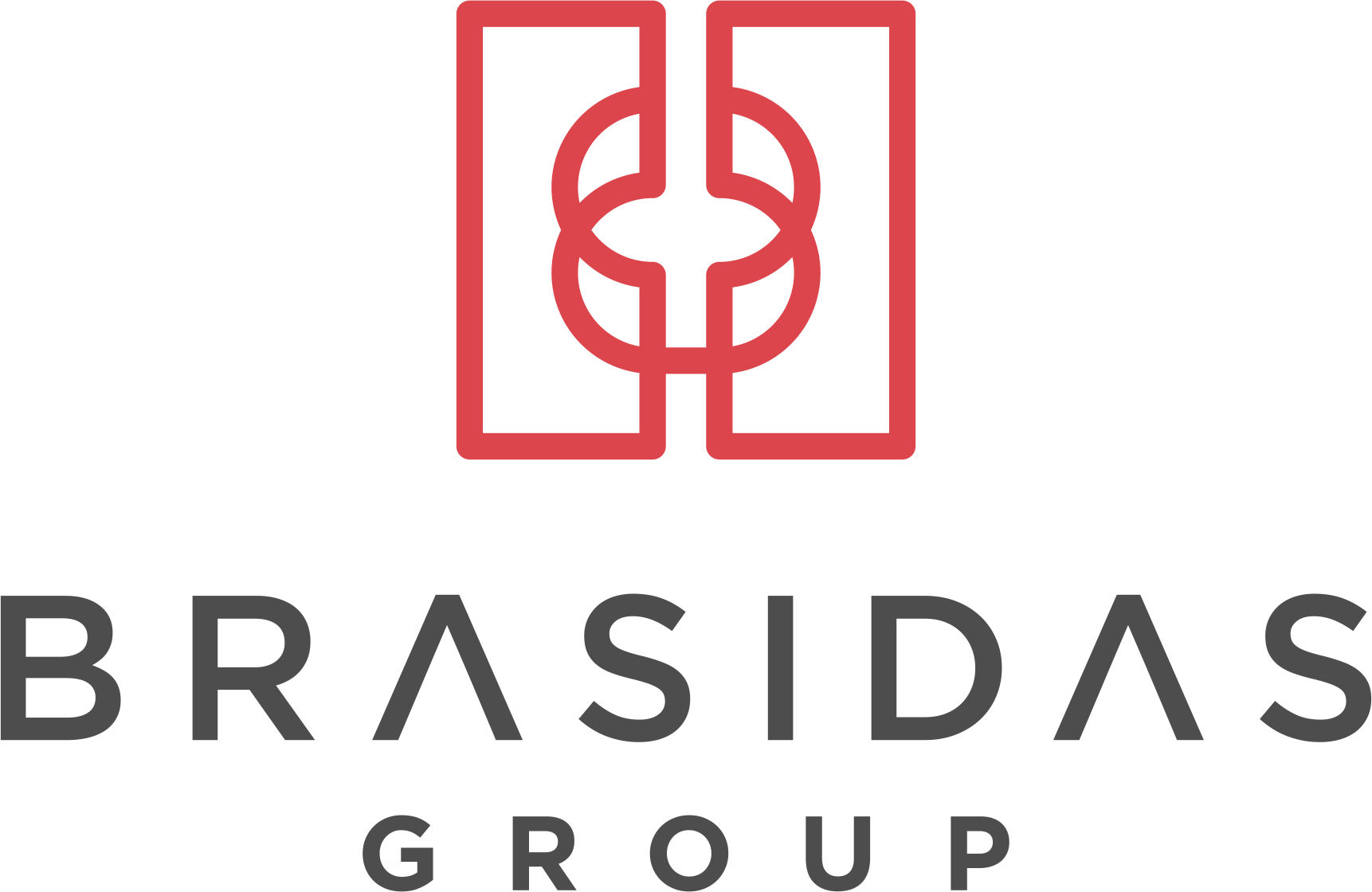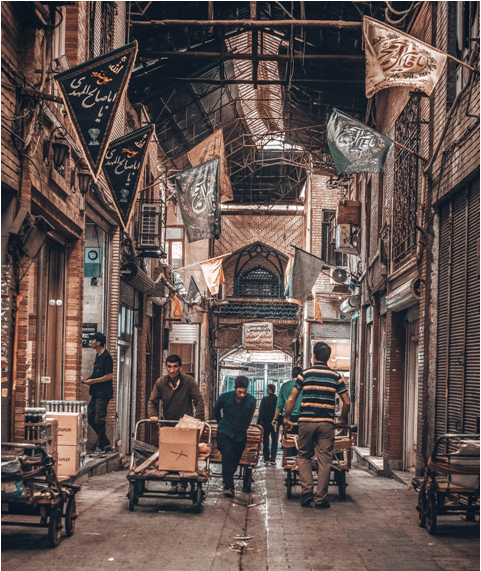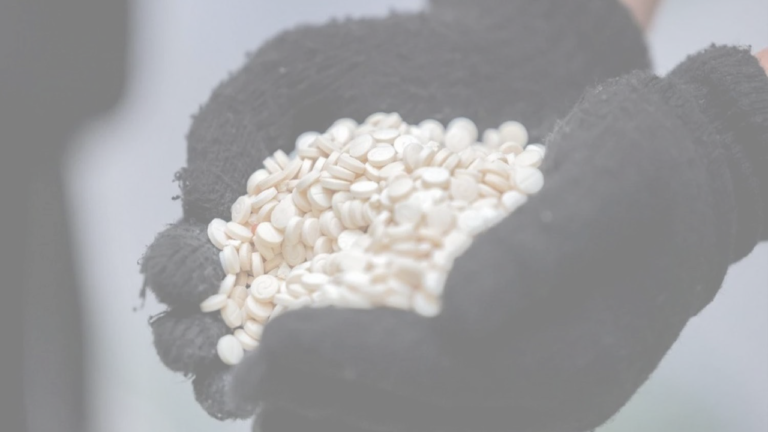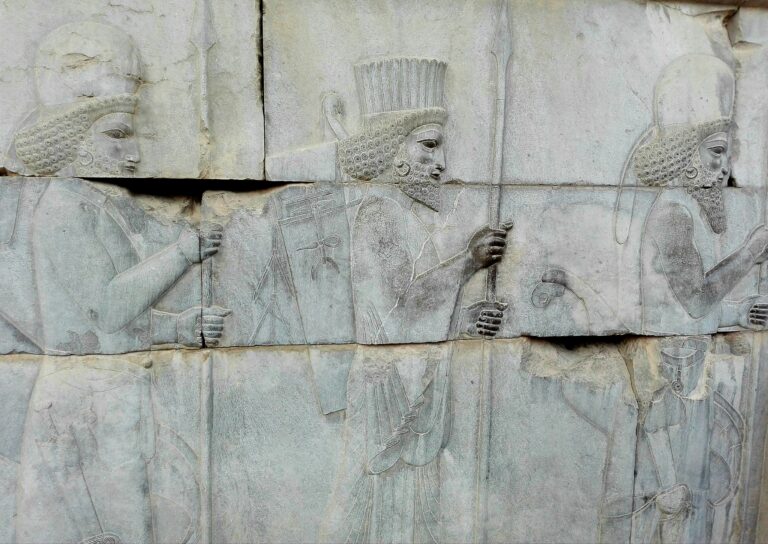In the wake of US and coalition forces’ withdrawal from Afghanistan, the Taliban rapidly took back control of the country, which implies numerous changes. At first glance, the prospects of a Taliban-led government presented the Islamic Republic of Iran with an opportunity to expand its interests in the region. Despite the historically hostile relationship between Tehran and the Islamist militant group, the two have seemingly found common ground based on the ancient proverb “the enemy of my enemy is my friend.” Having faced a litany of economic sanctions imposed by the United States since the Islamic revolution in 1979, Iran has primarily relied on neighboring countries as its main trading partners, and the ties between Kabul and Tehran appear to be strengthening.
The two countries voiced their intentions to elevate their partnership in October 2021, when Tehran and the new regime in Kabul committed to negotiating a bilateral trade agreement, pledging to strengthen their economic ties and lower obstacles to the movement of goods. It is important to note that Iran is currently Afghanistan’s largest import partner, primarily regarding petroleum products. However, the trade between the two transcends petroleum, as Afghanistan relies heavily on Iran for other materials as well. Afghanistan imported around USD 2.3 billion worth of non-oil Iranian goods, an estimated third of the country’s non-oil imports. Thus, Tehran believes that by improving infrastructure and lowering tariffs, it can expand and solidify its economic activity in Afghanistan.
Given the extremely fragile state of Afghanistan’s economy, it is highly contestable whether Iran can reliably depend on Afghanistan as a viable trading partner. Furthermore, the dire state of the Afghan economy is already deteriorating under Taliban rule. Economists predict that the power shift in Afghanistan will result in reduced access to hard currency for Tehran. Additionally, stoppages in international aid and cash deliveries in Afghanistan will lead to a drop in quality of life and a rise in inflationary pressures. These factors are expected to drastically reduce the demand for Iranian goods, and consequently diminish Iran’s long term economic development, which is heavily reliant on the political and economic landscape of the region.
Furthermore, there is growing concern of Afghani-produced opium crossing the Iranian border ” as=”” prices=”” are=”” surging<="" a="">. Members of Iranian Security forces, particularly the Basij paramilitary force, have reportedly been engaged in this illicit activity for some time, but with the Taliban return to power in Afghanistan, this activity is expected to increase. Additionally, a deterioration in Afghanistan’s economic circumstances, already leads thousands to join this trade every year. Given the Taliban takeover has brough increased economic hardships, there is a realistic fear from policy-makers that this could increase the amount of opium trade worldwide, as Iran has served as a transit point in the past. Furthermore, even though the future economic situation of Afghanistan is yet to be witnessed, growing illegal trade and subsequent economic fluctuations can lead to internal conflict and further destabilize the region.




